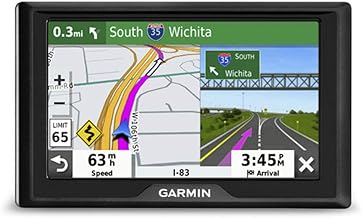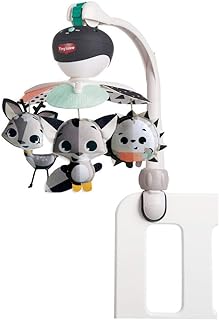5 important factors worth considering when looking for the best map directions gps
When buying a GPS for directions, it’s important to consider key factors. Technology for navigation is always changing, which can make it hard to choose. You want a GPS that not only gets you to your destination but also offers real-time traffic updates, is easy to use, and has features that suit your needs. With so many options available, it’s important to look closely at what makes each GPS unique, as this will affect how well it helps you navigate.
See our guide to the best map directions gps.
Accuracy of the GPS device
GPS devices have changed the way we navigate, but they’re not perfect. Factors like satellite interference, tall buildings, and bad weather can affect their accuracy. Users should be cautious and not rely solely on GPS for important decisions. Despite occasional glitches, GPS devices have improved thanks to updates. They now provide real-time traffic, lane guidance, and voice commands. While not perfect, GPS devices are generally reliable for map directions. Users should be careful, double-check information, and stay updated on changes for a smoother experience. In the end, it’s important to recognize both the strengths and limitations of GPS devices when using them for directions.
Ease of use and user-friendly interface
When buying a GPS for directions, it’s important to have one that’s easy to use and has a simple interface. This can make a big difference in how well your navigation goes. A device that’s easy to understand and operate can save time and reduce frustration, especially when you’re in a hurry or in an unfamiliar place. Clear instructions, responsive touchscreens, and logical menus in a GPS can really improve how you drive and help you feel more confident in the routes you choose.
Technology is supposed to make our lives easier, so a GPS that’s complicated defeats its purpose. Having to go through lots of menus or struggling to enter destinations can be not only inconvenient but also dangerous when you’re driving. The best GPS systems are those that have advanced features but are still easy for anyone to use, whether they’re good with technology or not. Choosing a GPS that’s easy to use will make your journey smoother and less stressful, so you can focus on driving instead of dealing with a complicated system.
Available map updates and software upgrades
When you buy a GPS device for navigating, one important thing to think about is whether it comes with map updates and software upgrades. These updates are crucial for making sure that the directions given by the GPS are accurate and dependable. Without updates, you might end up with old maps, wrong directions, and missing important locations. As technology and road networks change, having the latest updates for your GPS becomes more of a necessity than a luxury.
Choosing a GPS device that has reliable, up-to-date maps and software can save you time, frustration, and even keep you safer on the road. It shows that the manufacturer is committed to supporting you with ongoing improvements to make your experience better. So, when you’re shopping for a GPS device, look for models that offer frequent updates and upgrades to ensure smooth navigation and get the most out of your investment in modern technology.
Battery life and power source options
When choosing a GPS for maps, it’s important to think about the battery life and how it gets power. Picture yourself on a road trip in remote areas with no way to charge your device. A GPS with a short battery life can make your journey frustrating. Choosing a GPS with a long-lasting battery or the option for rechargeable or replaceable batteries can give you peace of mind and the freedom to navigate without worrying about the power running out.
Additionally, looking at power sources beyond just batteries can make navigating easier. GPS devices that have features like solar charging or work with power banks can extend how long you can use them, which is great for longer trips or outdoor activities. By focusing on battery life and exploring different power options when picking out a GPS, you can make sure your navigation experience is smooth and reliable no matter where you go.
Connectivity options and compatibility with other devices
When you’re looking to buy a GPS for map directions, it’s important to think about how it connects to other devices. Choosing a GPS that works well with smartphones, tablets, and other gadgets can make your navigation experience better. It lets you easily access and share directions on different devices and keeps your GPS updated with the latest software and maps.
Also, picking a GPS with good connectivity features gives you more options for customizing and personalizing. Connecting your GPS to smart home devices, wearables, or your car can turn it into a tool that fits your needs and preferences. By getting a GPS that focuses on connectivity and compatibility, you’re not just getting a navigation device; you’re embracing a tech-savvy lifestyle that makes your daily routines smoother and improves your overall experience.
Conclusion
In today’s world, technology plays a big role in how we go about our daily lives. GPS technology has changed the way we find our way around, making it much easier and more precise than using traditional maps. Many people now rely more on GPS than on old-fashioned maps, leading to faster and more accessible travel. Even though some people miss using traditional navigation methods, the advantages of GPS in making our trips smoother and easier are clear. As we continue to move into a more digital age, adapting to GPS technology for map directions isn’t just an option – it’s necessary to keep up with the changing world we live in. Want more info on karaoke microphone, check the best karaoke microphone.


